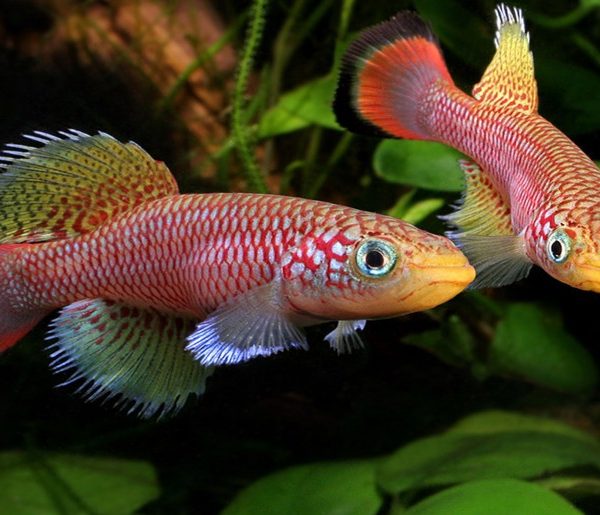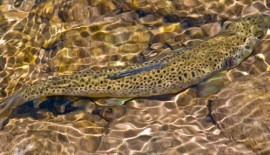Categories
Abstract
Initial offspring size is a fundamental component of absolute growth rate, where large offspring will reach a given adult body size faster than smaller offspring. Yet, our knowledge regarding the coevolution between offspring and adult size is limited. In time-constrained environments, organisms need to reproduce at a high rate and reach a reproductive size quickly. To rapidly attain a large adult body size, we hypothesize that, in seasonal habitats, large species are bound to having a large initial size, and consequently, the evolution of egg size will be tightly matched to that of body size, compared to less time-limited systems. We tested this hypothesis in killifishes, and found a significantly steeper allometric relationship between egg and body sizes in annual, compared to nonannual species. We also found higher rates of evolution of egg and body size in annual compared to nonannual species. Our results suggest that time-constrained environments impose strong selection on rapidly reaching a species-specific body size, and reproduce at a high rate, which in turn imposes constraints on the evolution of egg sizes. In combination, these distinct selection pressures result in different relationships between egg and body size among species in time-constrained versus permanent habitats.






